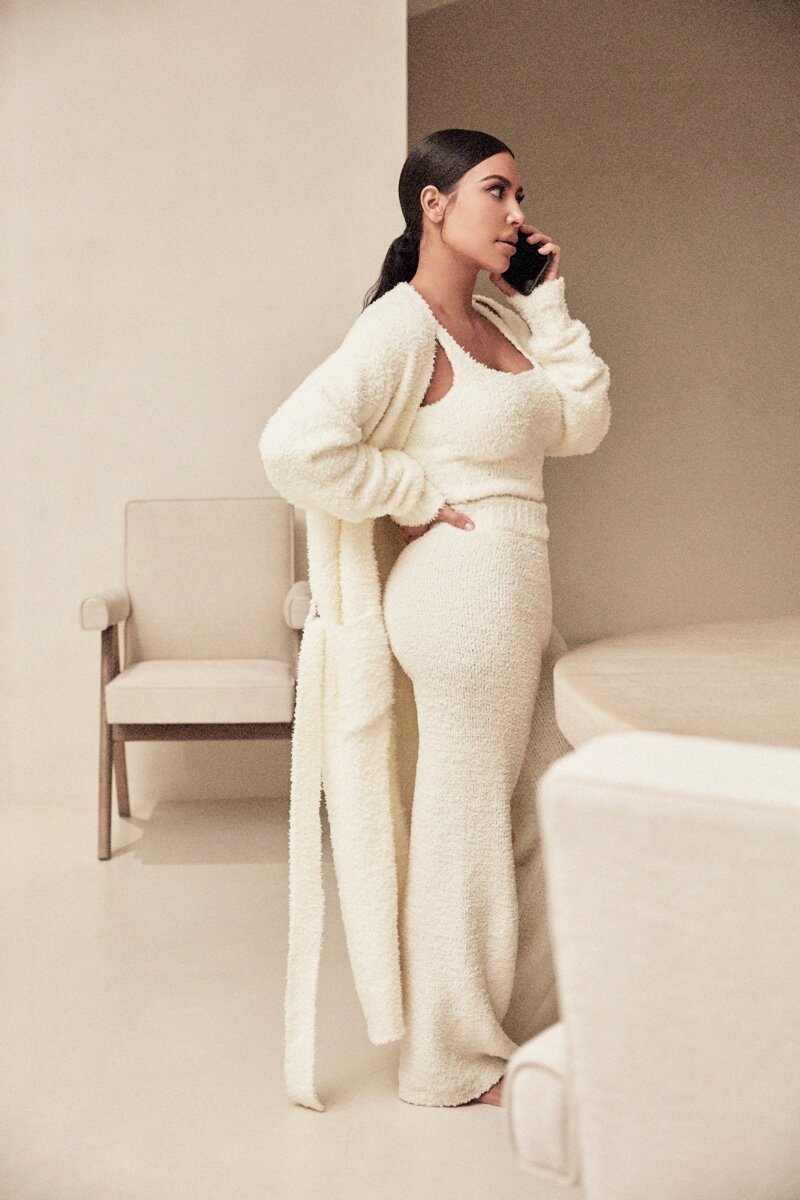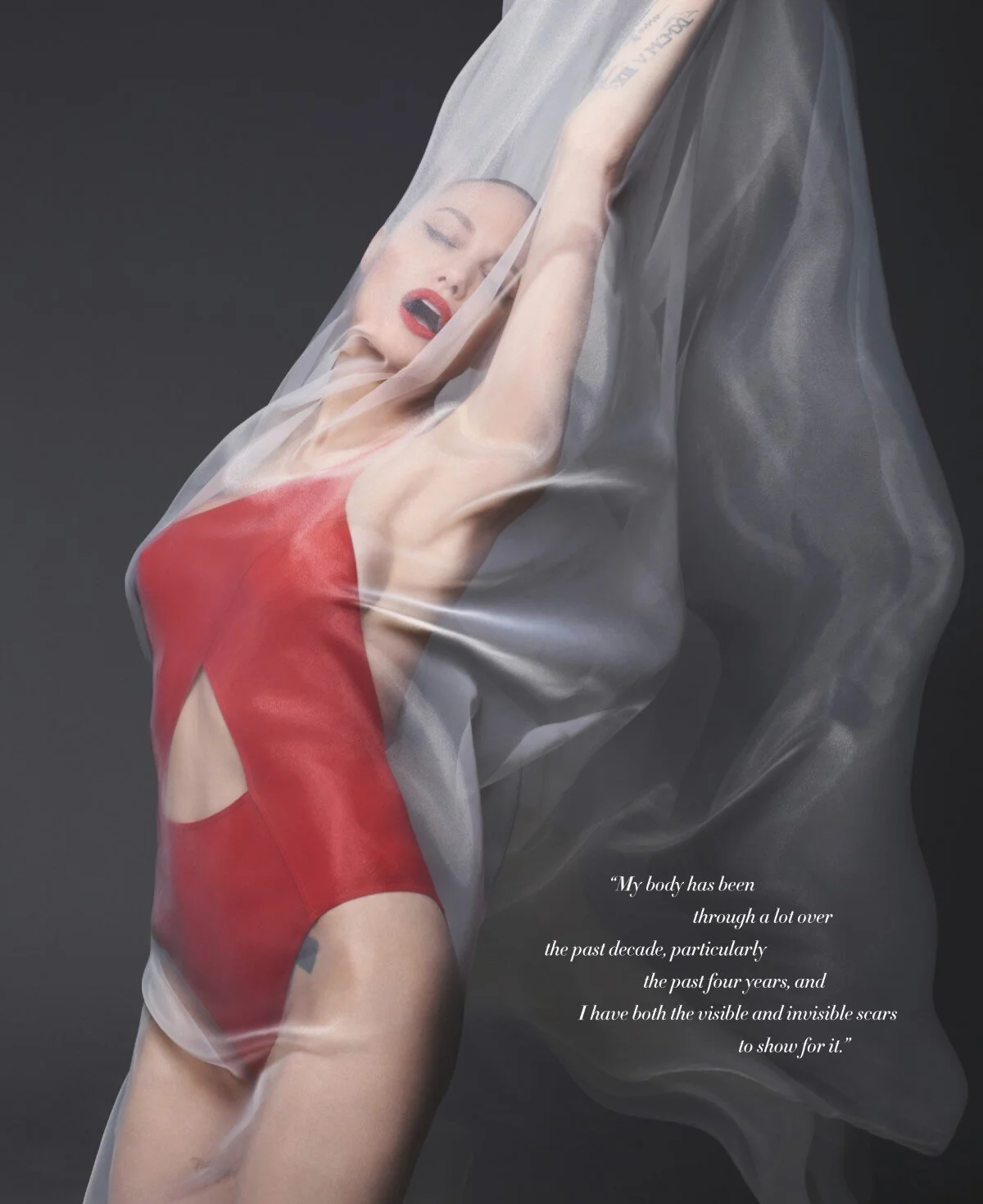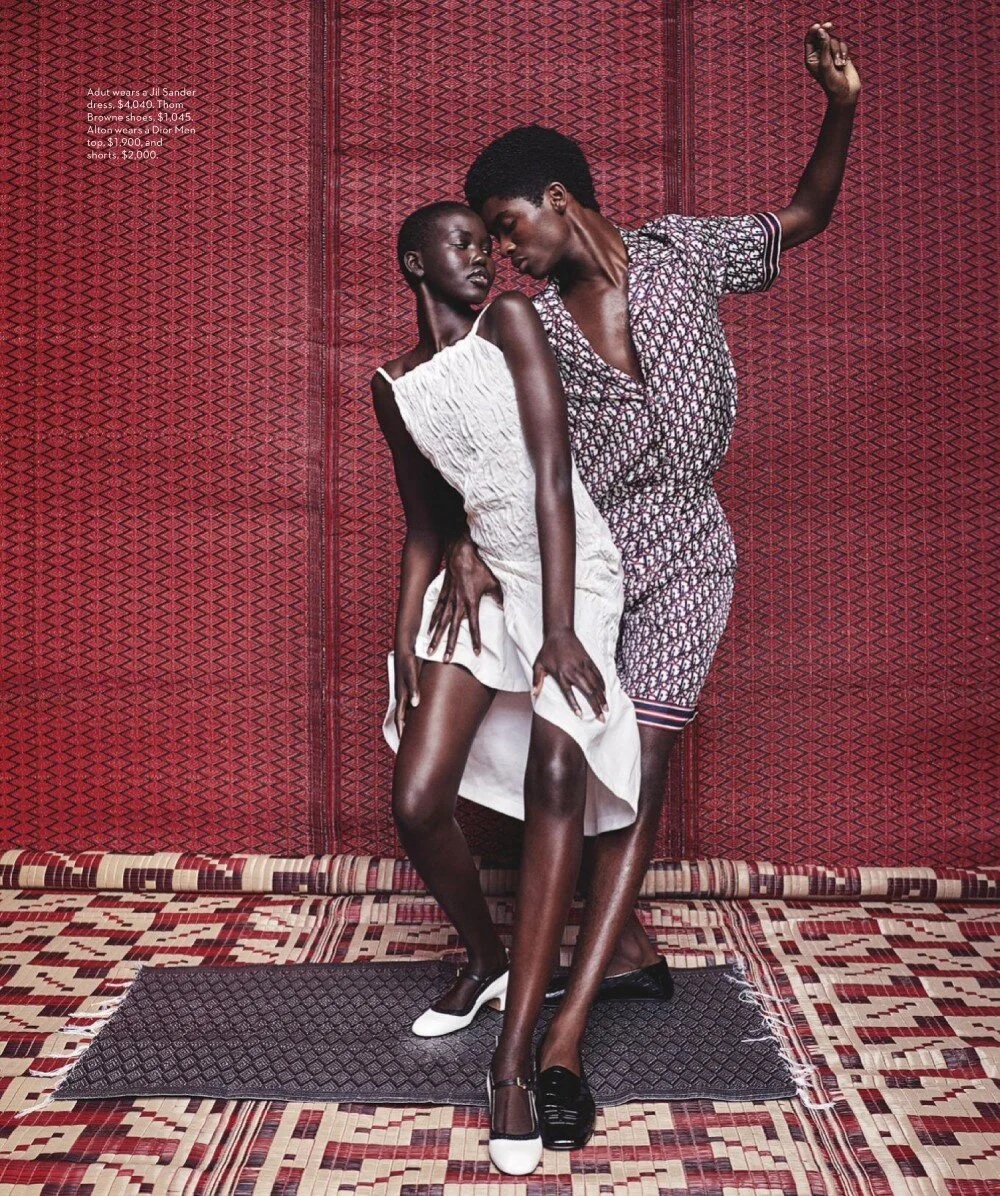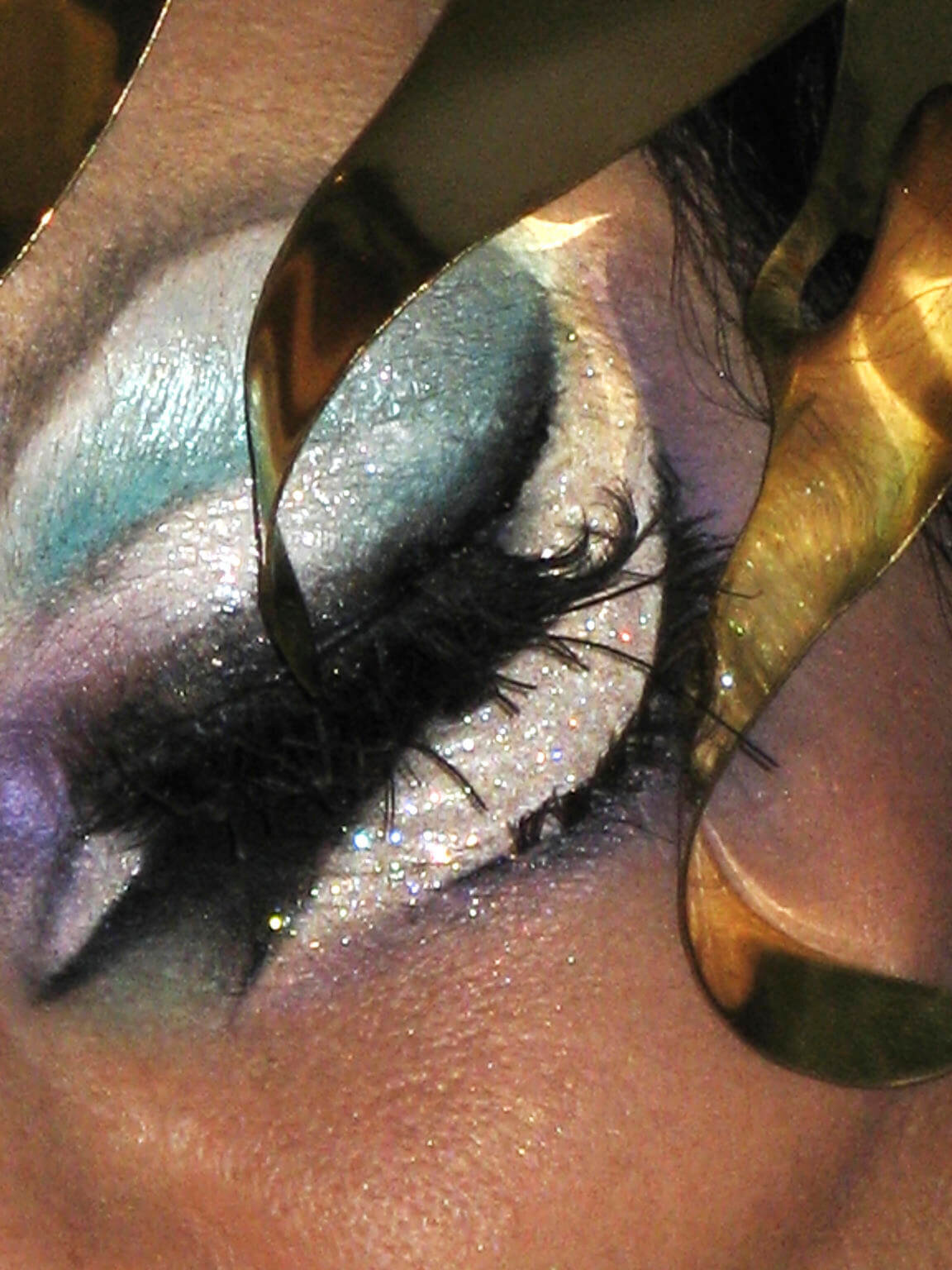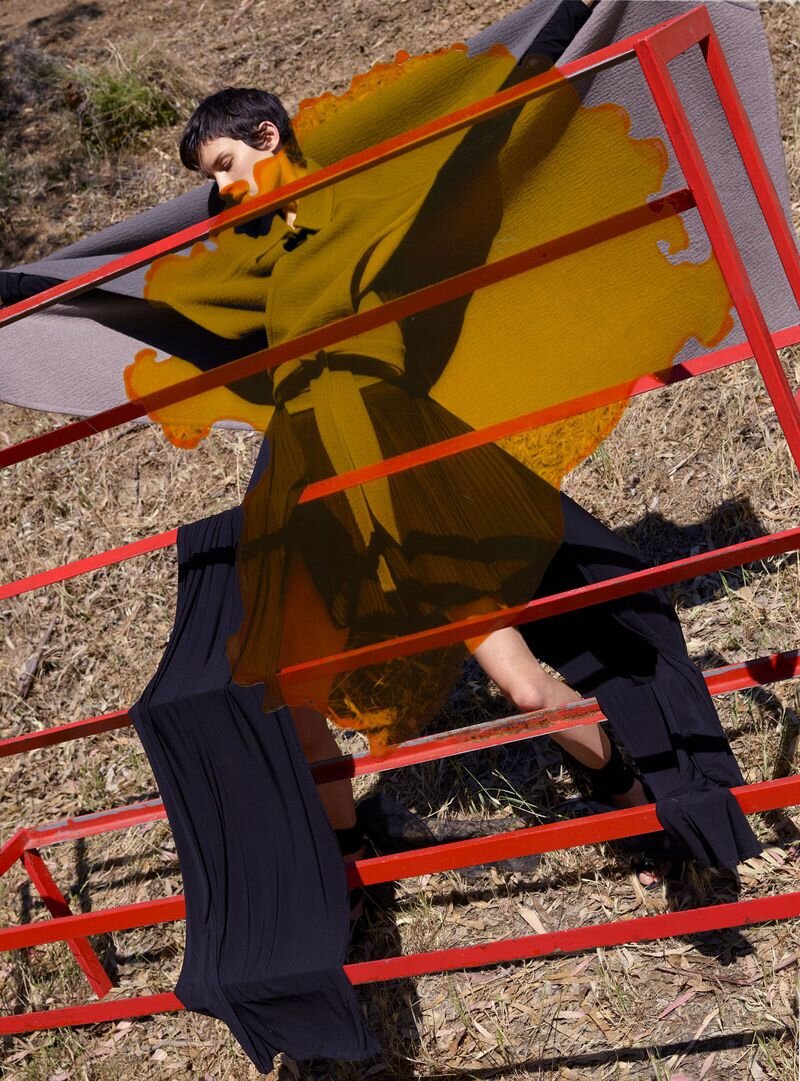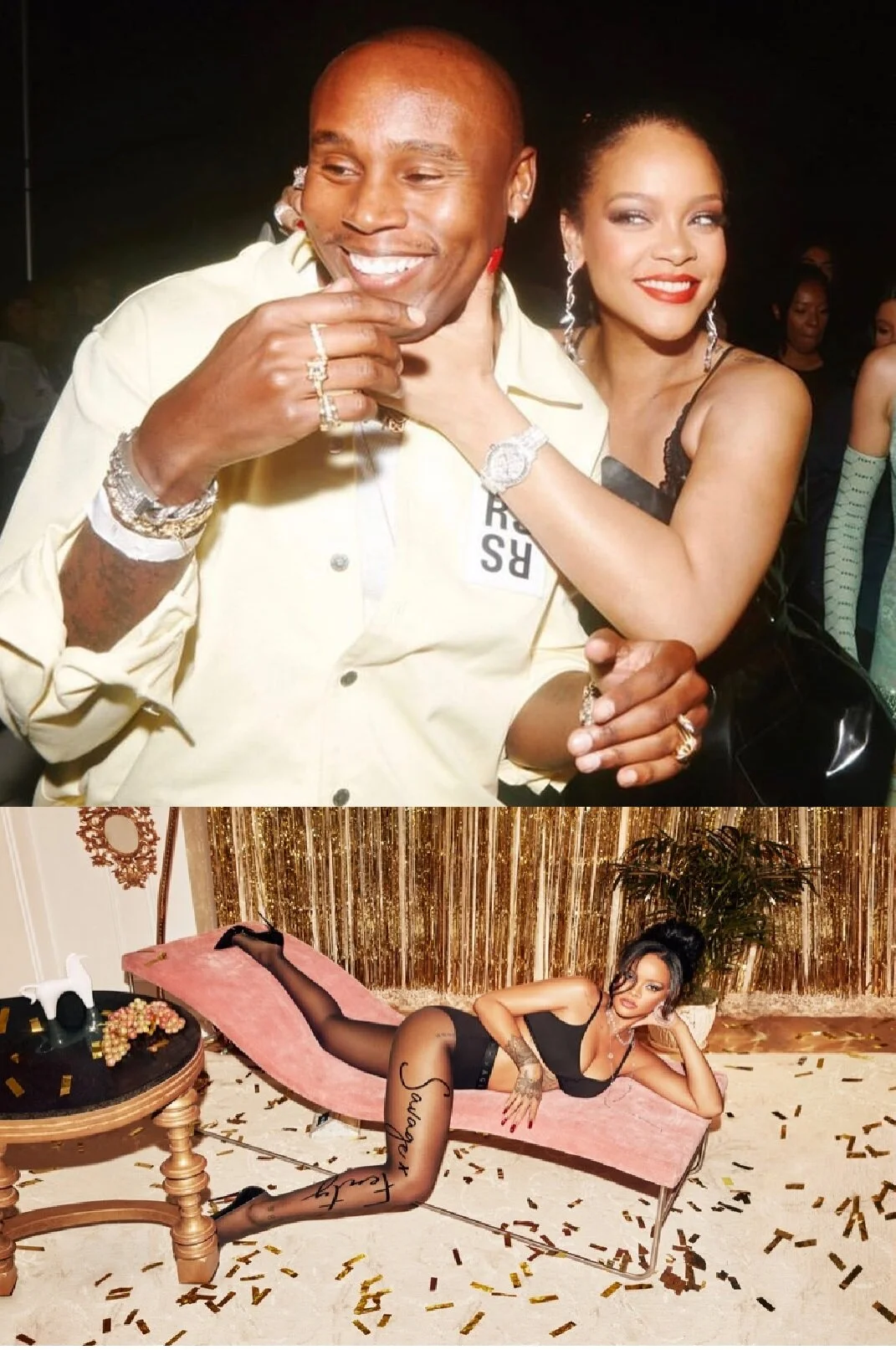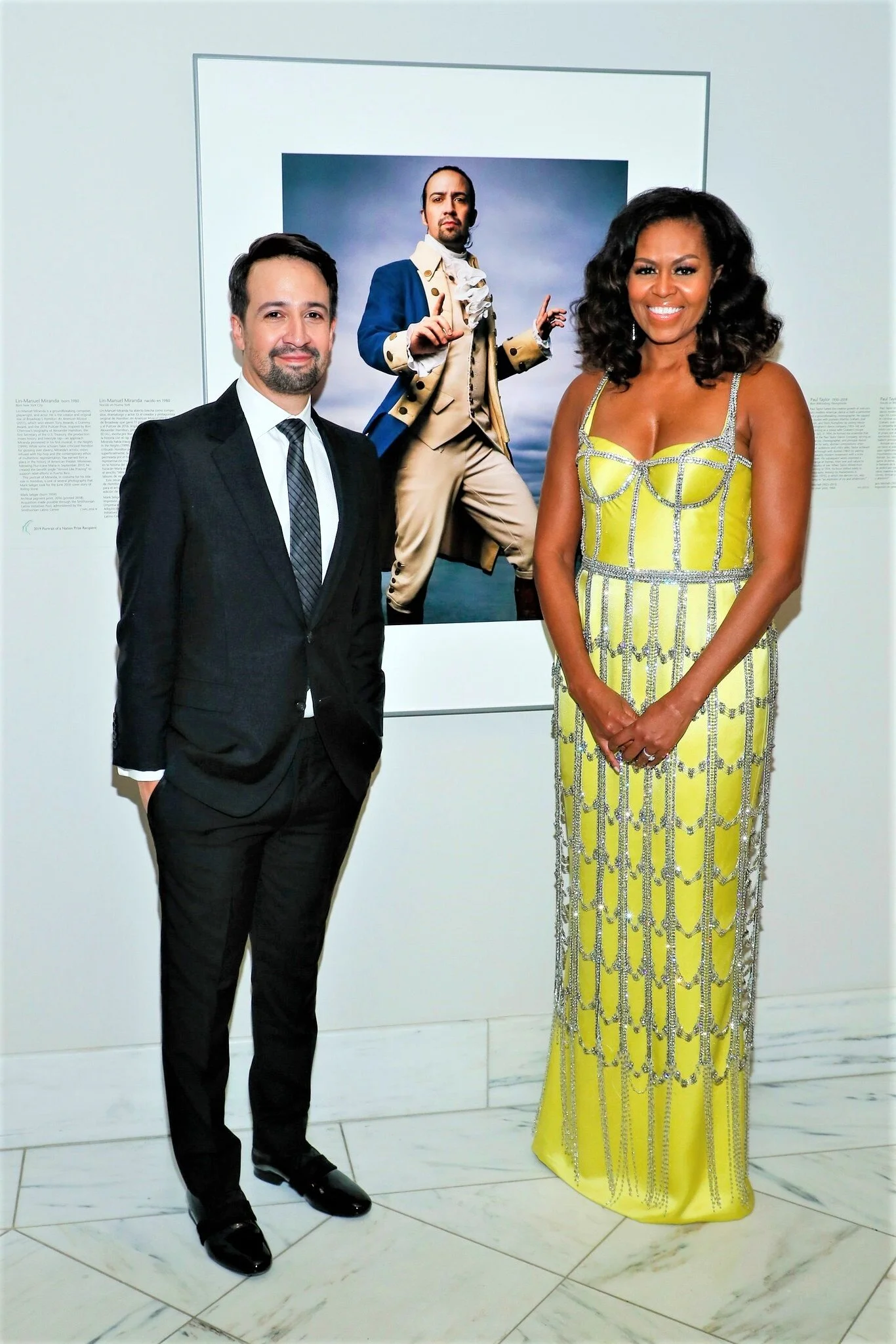Long Ring Finger Traits Similar Between Men & Women Sexually & In Business
/
Finger Ratios and Fidelity In Both Genders
New research examining individual attitudes relating to non-committed sex versus committed sexuality suggest that the length of the ring finger compared to the index finger is a strong predictor of tendencies to ‘stay’ or ‘stray’ in both men and women.
A longer ring finger is associated with greater exposure to testosterone in the womb.
Professor John Manning of Northumbria University’s Department of Psychology has studied finger ratio data for nearly 20 years and believes this is the first study to suggest that both men and women may have alternative mating strategies. Women were not included in earlier studies examining finger lengths and promiscuity.
Manning worked with Dr Rafael Wlodarski and Professor Robin Dunbar of Oxford Universities Department of Experimental Psychology in his newest study.
The study conducted at UK’s Northembria and Oxford Universities questioned 575 North American and British people on the views of sociosexuality. They then measured photocopies of the right hands of 1,314 Brits.
Gender Consistency In Results
Researchers found that both men and women fell into one of two groups — those with restricted sexual attitudes and life patterns and those with unrestricted attitudes and lifestyles. Individuals with restricted patterns preferred exclusive, emotionally-committed relationships with sexual partners, while the unrestricted groups expressed little need for emotional commitment.
The results of the sociosexuality questionnaire indicated that 57% of men favored the unrestricted sexuality lifestyle, compared to 47% among women. The results of hand measuring resulted in 62% of men having a ring finger longer than the index finger. Half of women — 50% — also had a longer ring finger.
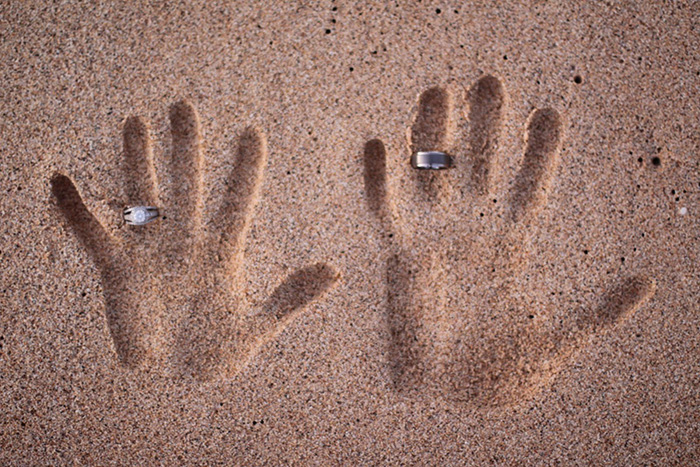
The researchers remind us that cultural factors can modify predetermined genetic traits, but their importance as a predictor of mating behavior should not be underestimated. Finger ratios as they relate to prenatal testosterone exposure can also indicate other conditions including fertility, lung and heart functioning and sports performance.
Finger Ratios and Women Entrepreneurs
In a fascinating study Italian economists Aldo Rustichini and Luigi Guiso hired 200 assistants to interview over two thousand Italian men and women small-business owners. In this study, the hands of the entrepreneurs were photographed, allowing for direct comparison of interview responses and ring finger/index finger ratios.
Research has established the ratios as predictors of spatial ability, risk-taking and assertiveness. Rustichini has previously connected the ratio to real-life success, such ‘such as the profitability of London high-frequency financial traders.’
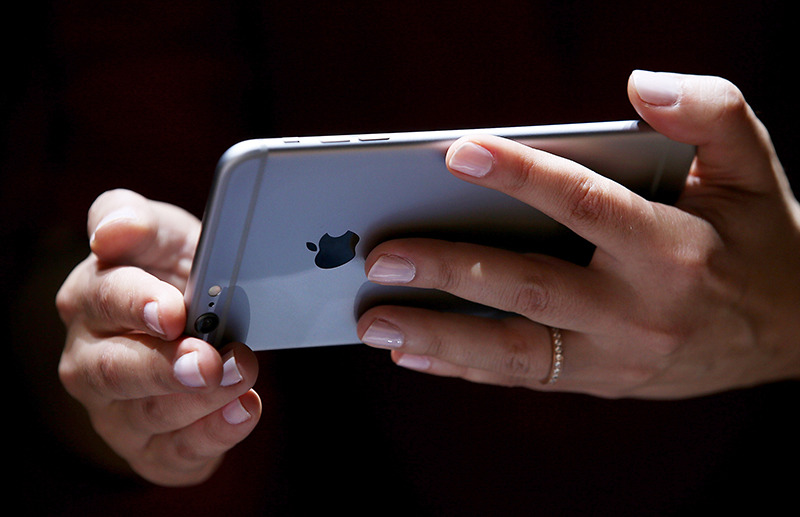 The results of the Italian study of small-business owners were fascinating.
The results of the Italian study of small-business owners were fascinating.
Normally, men’s ring fingers are a tad longer, and women’s index fingers are a tiny bit longer. But in the Italian study, the female entrepreneurs actually had more of a male pattern: their ring fingers were longer. In fact, it was more pronounced in that direction than the men’s. And it wasn’t just their ring fingers that were bigger: on average, they ran bigger companies, with higher growth rates. They also had greater ability to withstand enormous workloads.
The suggestion that entrepreneurial spirit is prewired may well transcend gender. The results of a study among University of Chicago MBA students are even more fascinating. Po Bronson and Ashley Merryman, authors of ‘Top Dog: The Science of Winning and Losing’ explain:
In a study of University of Chicago MBA students, researchers had found a very large gap between male and female students’ career ambitions. Fifty-seven percent of the men were looking forward to what the researchers considered a “risky” finance career — such as becoming investment banking or trading. But only 36% of the women were interested in such positions. However, these researchers compared the Chicago business students’ hands as well, so they had the proxy measure for the prenatal testosterone (via the finger ratio). Then they also did saliva tests to measure the amount of testosterone that was circulating in their systems — which as we said, seems to, effectively, be more potent for those who had that increased fetal testosterone exposure. Once you statistically controlled for both testosterone levels, there was no difference in the men’s and women’s preferences for risk-driven careers.’
No one is suggesting that finger ratios are the sole factor in defining our futures. Rustichini notes that scientists are split between believing that biology represents 40% of our behavior patters to a maximum of about 60%. If ‘people’s childhoods don’t cultivate the competitive psyche or if women face exclusionary barriers to success, their finger lengths won’t solve the discrimination challenges.
However, finger ratios tell much more about the entrepreneurial personality than gender say the scientists.
As a woman with a significantly longer ring finger than index finger — but also one very capable of monogamy for extended periods of time, like a decade — my takeaway from the research on sexual attitudes and fidelity is a recognition of the importance of sexuality in a person’s life biologically and being sure to find a partner with similar atittudes — and ring finger length. This research is positively fascinating. ~ Anne

